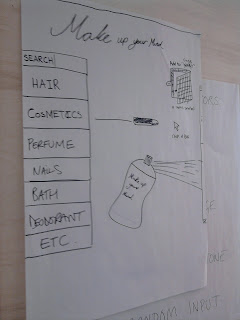The first part of this workshop was to define the word draw. my definition of the word draw was: to illustrate, to produce images using different types of media, to make a make on a surface, e.g pen, pencil,chalk ect.
The second task was to draw an object that we had on us, i decided to draw my set of keys, the idea of this task was to see how we draw, the different styles and media we use.
 |
| My drawing of keys. |
The next task was to draw an object without looking down at the paper you are drawing on, The idea of this task was to try and make us better drawers, focusing on the object we are drawing more, rather then the drawing its self, because if you focus on what you are drawing more then the image you are drawing the out come should look better as you are not putting details in that are not there. I then had to draw the same object in the same way but using my left hand, to also see how the drawing would come out.
 |
| Right hand. |
 |
| Left hand. |
The next task was taken from Air Made Visible, The task was to make our own forms and design of an oak leaf, tracing the: outline, principal nerve system, external points and internal points. Once I had traced these points I had several different structures of the oak leaf.
 |
| Oak leaf tracings. |
The final task of the day was Collage. We was given a list of themes that we could work from:
- Composition
- Editing
- Contrast
- Rhythm
- Texture
- Re purposing
- Juxtaposition
- Surrealism
- Narrative
- Humor
From this list of themes I had to choose one theme, that i had to produce a collage to represent. The theme I chose was Humor.
 |
| The collage I produced to represent Humor. |
The image above was the collage i produced to represent the word Humor, I chose a guy holding a fish as i that this was kind of random and did make me laugh, i then added the headphones to the image as well to make it even more unusual, to try and create more humor to the image. I also added the to red lined circles to the image with the word OK? the reason I put the word OK? in there was to add some sense of confusion to the image to try and make it more humorous.
I then was given the task of leaving more white space and using less images, I had to produce five more collages but not having to use the theme word but instead using one image for the first collage and two images for the second and so on, building up these collages trying to leave more white space.
 |
| My five collages. |
From this workshop i feel that i have learnt that when drawing it is more important to focus on the object you are drawing rather then the drawing its self , because if you draw this way you focus less on the details that are not there, and hopefully produce a better drawing. Also that less can actually be more.










































